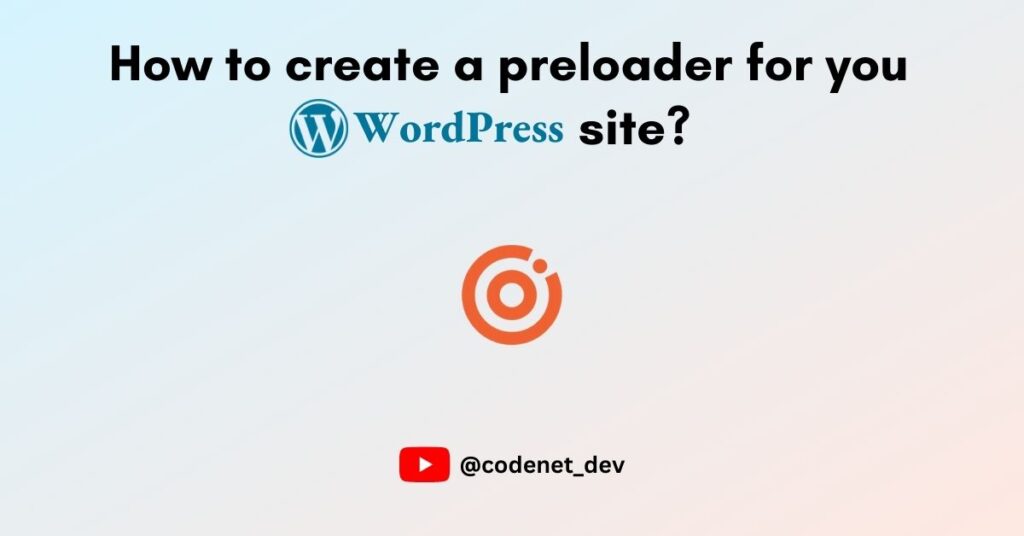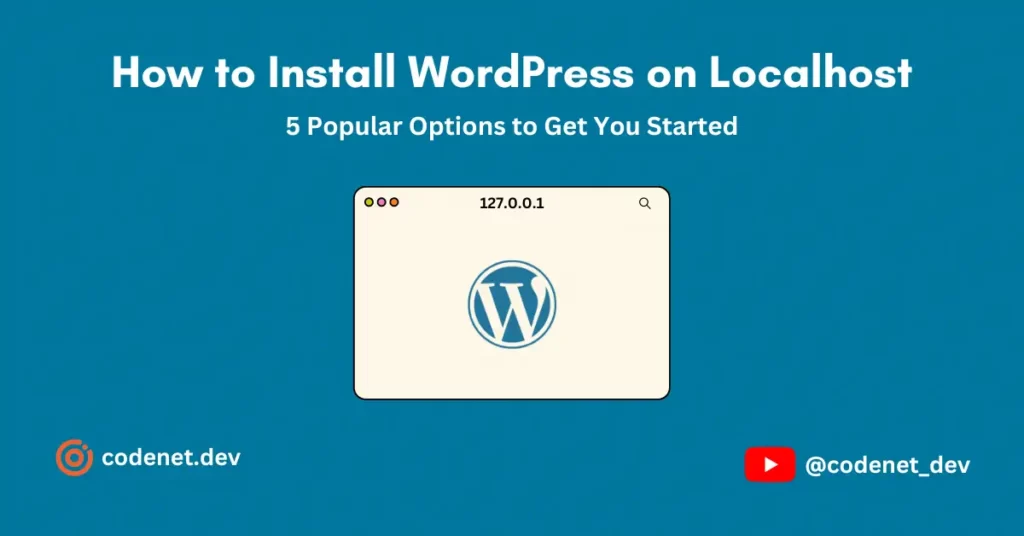Embarking on the journey of WordPress plugin development in 2025 offers exciting opportunities to enhance your website’s functionality. This roadmap is designed to guide you from foundational knowledge to advanced plugin development, incorporating the latest WordPress features and best practices.
🎯 Phase 1: Establishing the Foundation
Objective: Gain proficiency in essential web development technologies.
Key Areas:
- HTML & CSS: Understand the structure and styling of web pages.
- JavaScript & jQuery: Learn to create interactive elements and dynamic content.
- PHP: Master server-side scripting, as WordPress is built on PHP.
- MySQL: Grasp database operations, since WordPress uses MySQL for data storage. (WordPress Plugin Development Step by Step – Codeable, WordPress Plugin Development Roadmap – LinkedIn)
Mini-Project: Develop a static website using HTML, CSS, and JavaScript to apply these skills.
🧠 Phase 2: Understanding WordPress
Objective: Familiarize yourself with the WordPress ecosystem.
Key Areas:
- Installation: Set up a local WordPress environment using tools like XAMPP or Local by Flywheel.
- Dashboard Navigation: Explore the WordPress admin dashboard, understanding settings, themes, and plugins.
- Themes vs. Plugins: Learn the difference between themes (design) and plugins (functionality).
Mini-Project: Create a child theme to customize an existing theme’s appearance.
🔧 Phase 3: Crafting Your First Plugin
Objective: Build a simple plugin to extend WordPress functionality.
Key Areas:
- Plugin Structure: Understand the basic folder and file structure of a plugin.
- Plugin Header: Learn to define plugin metadata using the header comment.
- Activation/Deactivation Hooks: Implement functions that run upon plugin activation or deactivation.
Mini-Project: Develop a plugin that adds a custom footer message to your site.
⚙️ Phase 4: Enhancing Plugin Functionality
Objective: Add more advanced features to your plugin.
Key Areas:
- Shortcodes: Create shortcodes to insert dynamic content into posts and pages.
- Widgets: Build custom widgets for sidebars or other widgetized areas.
- Admin Pages: Add custom settings pages to the WordPress admin dashboard.
Mini-Project: Develop a plugin that adds a customizable contact form widget.
🚀 Phase 5: Advanced Plugin Development
Objective: Dive deeper into complex plugin functionalities.
Key Areas:
- Custom Post Types (CPTs): Register and manage custom content types beyond posts and pages.
- Custom Taxonomies: Create custom taxonomies to organize content.
- AJAX in WordPress: Implement AJAX for dynamic, real-time interactions without page reloads.
- REST API: Utilize the WordPress REST API to interact with external applications. (Roadmap for WordPress Developer – GeeksforGeeks)
Mini-Project: Build a plugin that registers a custom post type for “Events” with custom taxonomies for “Event Categories.”
🛡️ Phase 6: Best Practices and Optimization
Objective: Ensure your plugins are secure, efficient, and user-friendly.
Key Areas:
- Security: Sanitize and validate user inputs to prevent security vulnerabilities.
- Performance: Optimize database queries and minimize resource usage.
- Internationalization: Prepare your plugin for translation using WordPress localization functions.
- Coding Standards: Follow WordPress coding standards for consistency and readability.
Mini-Project: Refactor your previous plugins to adhere to these best practices.
📦 Phase 7: Deployment and Distribution
Objective: Learn how to share your plugins with the WordPress community.
Key Areas:
- Version Control: Use Git for version control and collaboration.
- Plugin Repository: Submit your plugin to the WordPress Plugin Directory.
- Documentation: Provide clear documentation for users and developers.
Mini-Project: Prepare your plugin for release, including creating a readme file and versioning.
📚 Additional Resources
By following this roadmap and completing the associated mini-projects, you’ll build a strong foundation in WordPress plugin development. Remember, consistent practice and real-world application are key to mastering plugin development. Happy coding!

